Yellow Bird Japanese Maple
Acer palmatum ‘Yellow Bird’
Plant Details
USDA Plant Hardiness Zones: 5a-9a (9b in cool-summer climates) Find Your Zone
Height at Maturity: 7-8′ at 10 years of age; 14-16′ at maturity
Width at Maturity: 6-7′ at 10 years of age; 12-14′ at maturity
Growth Habit / Form: Upright, Vase Shape to Rounded
Growth Rate: Moderate
Foliage Color in Spring: Light Green with Orange cast
Foliage Color in Summer: Golden Yellow
Foliage Color in Fall: Intense Bright Yellow
Light Needs: Full Sun or Mostly Sun, Morning Sun with Dappled or Afternoon Shade, All Day Filtered Sun, Morning Shade with Evening Sun
Water Needs: Average, moderately drought tolerant when established
Soil Type: Sandy, Loam & Clay (Condition heavy clay soils when planting)
Drainage: Well drained soil is a must!
Soil pH: 5.0 – 7.0 is ideal
Maintenance: Low
Resistances: Deer – more info, Heat Tolerant, Insect Resistant, Sun Tolerant
Description
A remarkable Japanese Maple, ‘Yellow Bird’ sports some of the largest leaves of the many upright varieties we have growing in our own gardens. The serrated palmate leaves emerge a glowing soft-chartreuse in spring gradually transitioning to a rich green by summer. As temperatures begin to cool in fall the leaves begin to turn to brilliant golden-yellow later developing orange to red splashes around the margins before finally turning to solid red. With a beautiful upright rounded vase shape to around 15 feet tall and equally as wide, the tiered branches display the masses of leaves layered in a way that resembles a birds wing, hence the name. Excellent in landscape boorders or containers, Yellow Bird is definitely one of those trees that will always have you looking forward to its fall color show.
Landscape & Garden Uses
To showcase its magnificence and beauty, the Yellow Bird Japanese Maple is best used in the landscape as a focal point specimen to draw attention to a specific area of the home or landscape. That said, you can plant them in groupings of three or use two to frame an entrance.
Spacing: At least 15 feet apart for space between trees
Note: One Japanese Maple can make a landscape…that is if you don’t overcrowd it with other trees and plants. Therefore, when selecting companions to plant under or around your Japanese Maple, make sure to select low-growing shrubs or groundcover plants that won’t interfere at all with your tree.
Growing Preferences
Though delicate looking, Japanese Maples are actually very tough and long-lived trees. They are very easy to grow. Container culture can extend their useful range. They are extremely easy to grow in containers, a practice taken to its most extreme form in the art of bonsai.
In their natural habitat, Japanese Maples are understory trees, growing in dappled forest sunlight at the edges of woodlands. Ideally they prefer to be grown in similar conditions. Yellow Bord aill appreciate some filtered sun or shade during the hot mid afternoon hours. You can find a complete listing of our sun-tolerant Japanese Maple varieties here.
Most any average garden soil will grow Japanese Maples. They prefer a moist but well-drained soil rich in organic matter. As with so many other ornamental plants and trees, constantly soggy or wet soil can be problematic. So make sure to plant your Japanese Maple in a well-drained site.
Helpful Articles
Click on a link below to find helpful advice from our experts on how to plant and care for Japanese Maple trees.
How To Plant A Japanese Maple Tree In The Ground
How to Plant A Japanese Maple Tree In A Pot
How To Fertilize And Water A Japanese Maple Tree
How To Prune A Japanese Maple
Plant Long & Prosper!
Meet The Wilson Brothers & Staff
Questions? Contact Us!
Be the first to review “Yellow Bird Japanese Maple – 3 Gallon Pot” Cancel reply
Related products
Sale!
Sale!
Sale!
Sale!
Sale!
Sale!
Sale!
Sale!








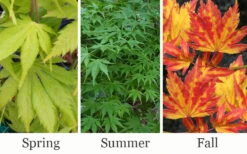

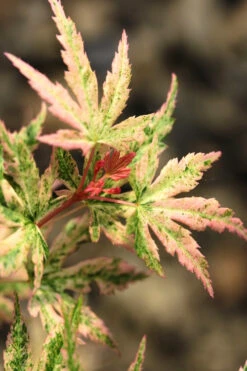
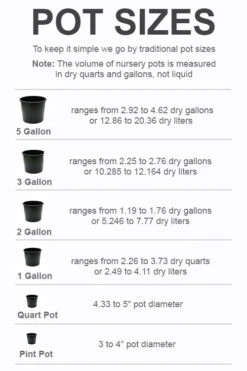
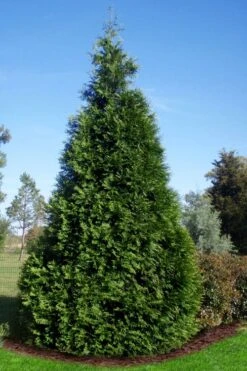
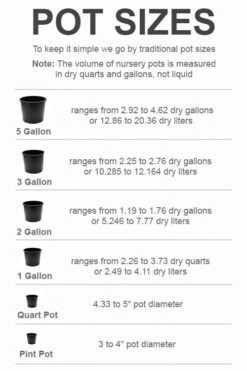
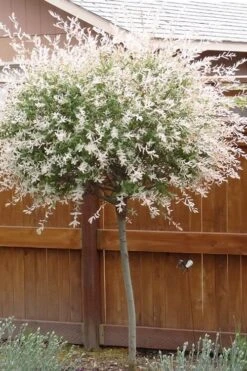
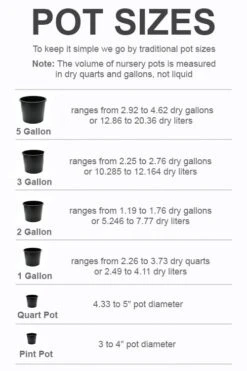
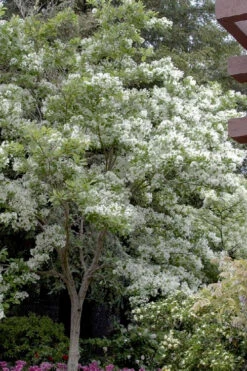
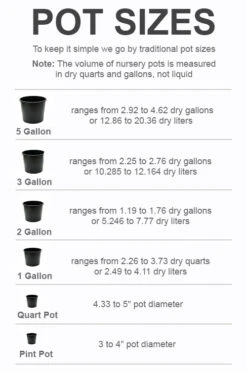

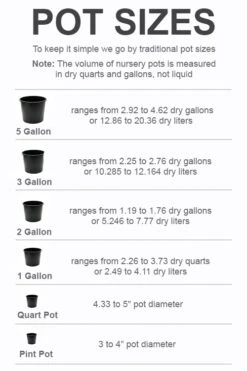
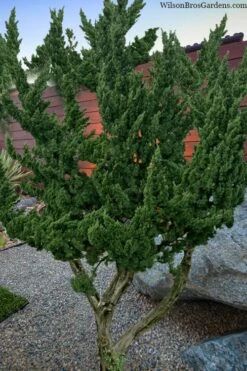


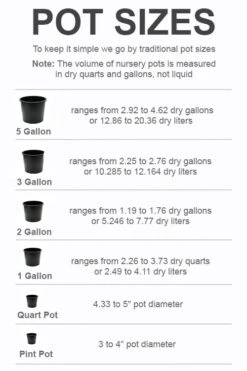
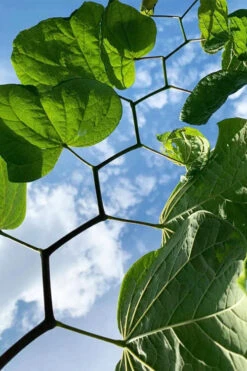

Reviews
There are no reviews yet.